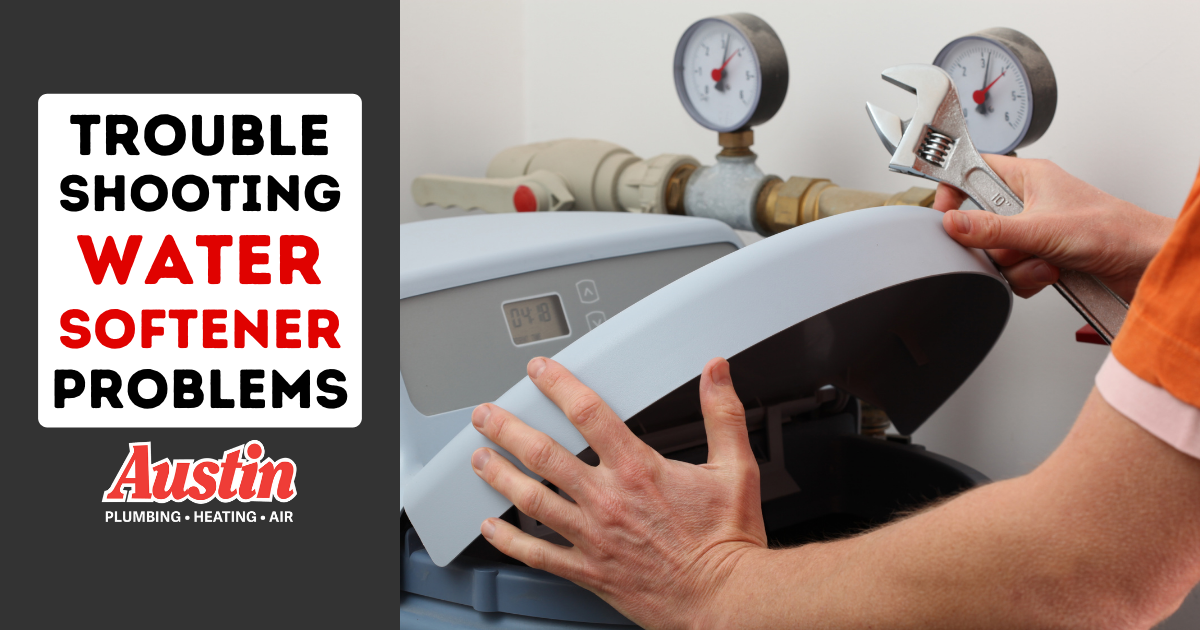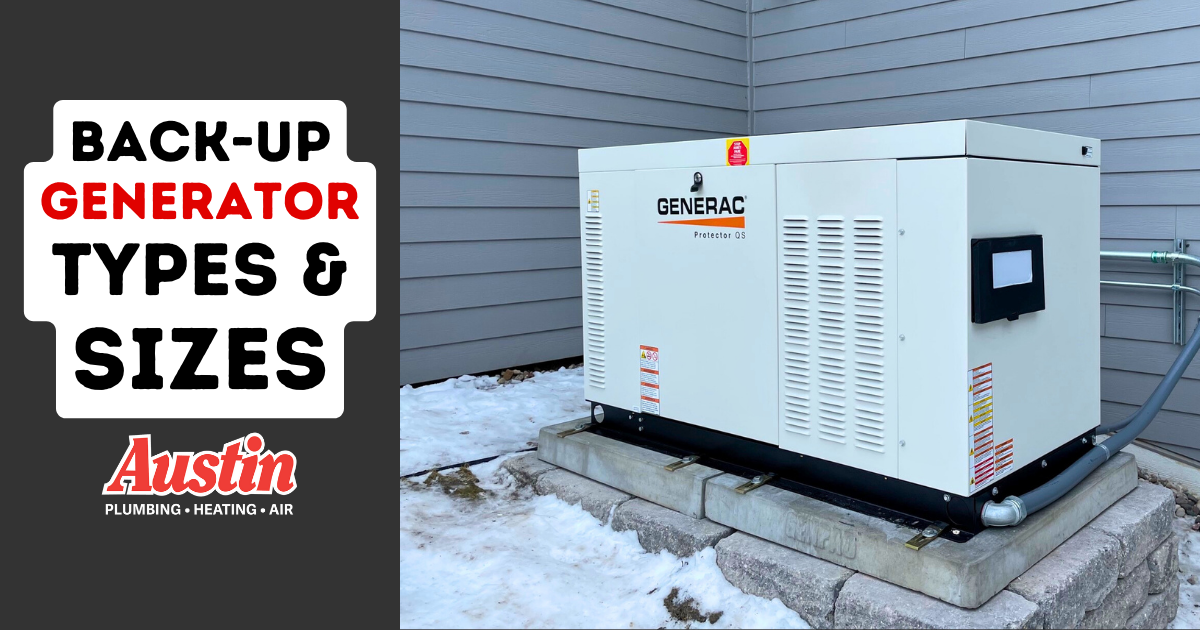How Long Do Circuit Breakers Last?

In today’s guide, our Master Tradesman unpacks the lifespan of your circuit breaker, tips for making it last longer, and signs the end is near for an electrical panel.
It’s crazy that your circuit breaker stays out of sight and out of mind for most of its existence. Only when it expires do people remember it’s been the 24/7 watchdog of their homes, allowing their families to do much of their daily work and recreation while safeguarding them against the danger of electrical overloads.
Preparing for the End (Understanding Circuit Breaker Lifespan)
The average lifespan of a circuit breaker or electrical panel is around 30 years.
Is it possible for them to last longer than that? Sure. In our market alone, we know of literally thousands of circuit breakers that are still functioning well beyond the 30-year mark. But that statistic represents homeowners who schedule regular maintenance appointments.
The fact is that as breakers age, their ability to do their job tends to get steadily worse. And after 30 years, they’re pretty much ready to bite the dust at any moment.
What breaks a circuit breaker?
From most to least obvious:
- Age
Over time, the circuit breaker’s inner wiring degrades.
- Use
Switching a breaker on and off hundreds of times over a 30-year span inevitably wears out the device’s mechanical workings.
- Moisture
Breaker panels are typically installed in basements and mounted on damp walls. Humidity buildup corrodes the metal components of the breaker, contributing to its eventual failure.
- Ignoring Safety Upgrades
An electrical system that is 30+ years old, if neglected, will lack some important modern safety features. Periodically updating your home’s electrical system can actually improve the health of the breaker!
Signs of Weakening Circuit Breakers
To save your home from potential damage, learn to recognize the symptoms of a malfunctioning circuit breaker:
- Flickering, blinking or surging lights
- Erratic power at electrical outlets
- Poor performance of connected electronics
- Frequent lightbulb burn-outs
- Burning smells or heat coming from electrical panel
- Melted wiring or physical damage
- Frequent circuit breaker tripping
- Excessive heat from the breaker panel
Realize that these signs often serve as warnings of serious danger. If you notice any of these issues, it’s crucial to diagnose the root problem quickly.
Testing and Replacing a Circuit Breaker
Here’s how Team Austin handles faulty circuit breakers.
Caution! To avoid electrocution, NEVER attempt electrical troubleshooting by yourself. These steps should only be performed by a licensed electrician.
Step 1: Visual Inspection
A visual inspection of the electrical system, panel wire connections and other factors of the circuits involved in the breaker malfunction. Our technician will verify that the breaker is rated for the correct voltage and amperage according to the circuit being served. At this stage, we also make sure it’s seated properly inside the panel and connecting successfully at the following points of failure: hot power wire, neutral ground wire, and bus bars.
Step 2: Load Elimination
It may still be unclear whether the breaker is tripping because of an overload or other cause. This step involves eliminating all loads to the circuit by unplugging or turning off connected appliances. Finally, we will reconnect each load source one by one while doing an amp draw to monitor system performance.
Step 3: Testing Process
This last step actually involves multiple further tests of the breakers in your electrical panel, based on the specific symptoms it’s been demonstrating. If any breaker fails to trip, or if it trips at a voltage outside the breaker’s rated load factor, you’ll need to get the breaker replaced.
Not sure if it’s time to schedule an appointment?
Maybe you’re hesitant to drop money on fixing or replacing your circuit breaker. If you’re still undecided, continue reading below for more information.
5 Signs It’s Time to Replace Your Electrical Panel
- #1: The panel’s been around since before dinosaurs went extinct.
Even if it seems fine, a breaker over 30 is liable to malfunction at any moment. Plus, older panels simply aren’t equipped with the latest in safety technology, which comes at no extra cost during a replacement.
- #2: Burning odors emanate from the breaker box.
The smell of burnt wiring, or anything similar, is a major red flag from your electrical panel. This probably goes without saying, but heat and smoke are also severe concerns. Don’t just ignore this kind of hazard–it won’t get better without a service appointment!
- #3: Continuous breaker tripping without a clear cause.
Frequent tripping suggests an overload issue, but it can also be a sign of an undersuited panel or other electrical issue solvable as part of the panel upgrade process.
- #4: Not enough electrical outlets to support daily household activity.
Older homes have fewer outlets. As society’s electrical needs continue to increase, you may need to add new outlets–and with them, new circuits and breakers. But once your electrical panel reaches its maximum capacity, you’ll have to install a new one if you want to continue renovating.
- #5: HVAC upgrades or other installs may require adding to your electrical system.
As natural gas becomes less popular, electric heating sources (and even electrical vehicle charging stations) are becoming a household staple. Ask a professional if your existing panel can handle your next project.
Electrical Inspections, Repairs, Rewiring, Panel Upgrades & More
The electrical team at Austin Plumbing, Heating, Air & Electric promises to shoot straight about the condition of your circuit breakers and electric panels. During our visit, we’ll clearly explain your options for repair or replacement–up front and in writing–before any work starts.
For the most trusted electrical services in Southeast Wisconsin, schedule a service or call Team Austin today at 262-367-3808.




